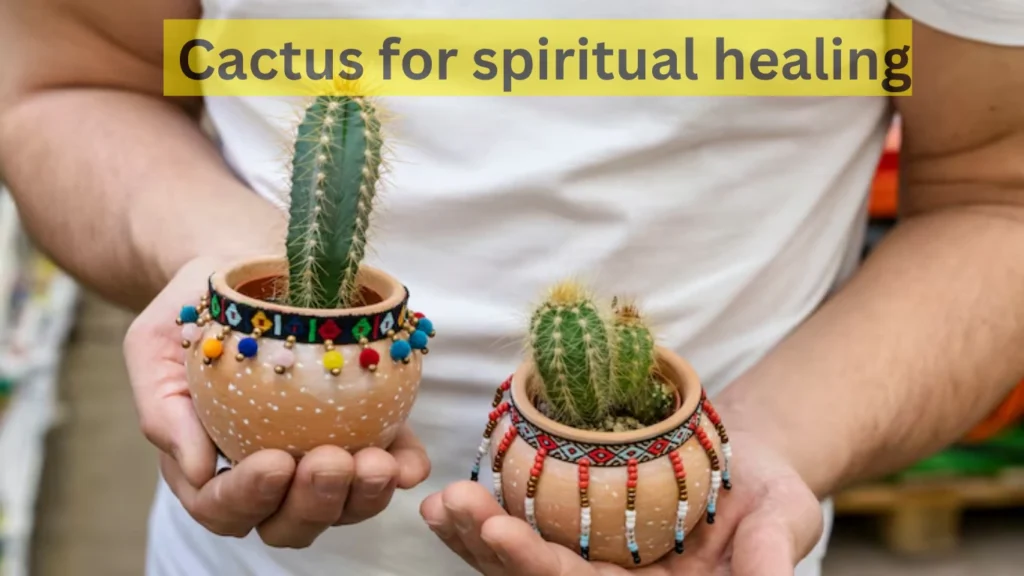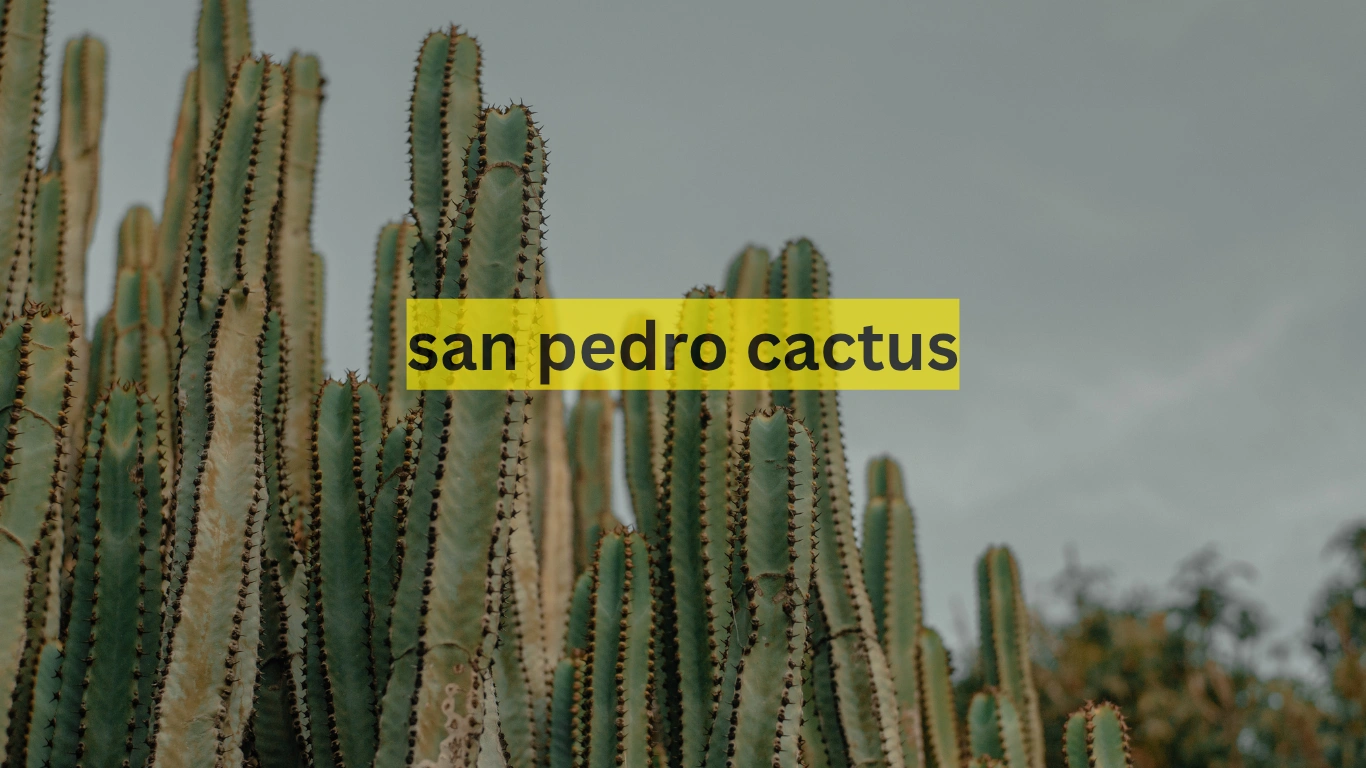San Pedro Cactus: Sacred Plant with Powerful History and Healing Uses
San Pedro cactus is a tall, green cactus known for its healing power and deep spiritual roots in South American culture. For centuries, people have used it in rituals to gain insight, peace, and clarity. This fast-growing plant is rich in mescaline, a natural compound linked to altered states of awareness. Today, it’s loved both as a sacred medicine and a stunning garden plant.This fast-growing plant is rich in mescaline, a natural compound linked to altered states of awareness. Today, it’s loved both as a sacred medicine and a stunning garden plant.
What Is the San Pedro Cactus?
The Pedro cactus is a fast-growing, columnar cactus that originates from the Andes Mountains in South America. Scientifically known as Echinopsis pachanoi, this cactus has been used for thousands of years for both ornamental and spiritual purposes. Its tall, green stems can grow up to 20 feet high and feature small spines along their ridges.
This cactus is not just admired for its beauty. It holds deep spiritual and cultural significance among the indigenous communities of Peru and Ecuador. Its use dates back over 3,000 years, where it played an essential role in shamanic healing and religious ceremonies. The Pedro cactus continues to be a topic of global interest today.
Cultural and Historical Roots of Cactus
For generations, the Echinopsis pachanoi has been central to traditional Andean spiritual practices. Shamans and healers, often referred to as curanderos, used it in ceremonies to connect with the spiritual world. The cactus contains a naturally occurring psychoactive compound known as mescaline, which can produce altered states of consciousness.
In ancient carvings found in Peruvian temples, the cactus is shown being held by spiritual figures. This highlights its sacred role in guiding people to insights, healing, and emotional clarity. Even now, some rural communities in South America hold San Pedro rituals, viewing the cactus as a spiritual teacher and natural healer.
Botanical Characteristics of Cactus
Botanically, the Sacred San Pedro belongs to the Cactaceae family. It grows naturally in high-altitude regions between 6,600 and 9,800 feet. What sets it apart from other cacti is its ribbed, column-like shape and its rich green color. Under the right conditions, the cactus can grow up to 12 inches per year.
| Feature | Details |
|---|---|
| Scientific Name | Echinopsis pachanoi |
| Native Range | Andes (Peru, Ecuador, Bolivia) |
| Growth Speed | Fast (up to 12 inches/year) |
| Height | Up to 20 feet |
| Main Compound | Mescaline |
| Flowering Season | Summer (Night Blooming) |
This cactus produces white, fragrant flowers that bloom at night and wither by morning. These blooms can span up to 8 inches and are breathtaking to witness.
Medicinal and Uses of Cactus for spiritual healing

The most famous use of the Pedro cactus effects is in spiritual ceremonies, especially in traditional Andean medicine. The cactus is often boiled into a thick, bitter tea that participants drink during ritualistic events. The mescaline in the cactus leads to a psychedelic experience that lasts up to 12 hours.
Participants often report vivid visuals, enhanced emotional awareness, and deep spiritual insight. Shamans guide these experiences to help individuals release past trauma, discover purpose, and gain clarity.
Medicinally, traditional users believe the cactus helps with:
- Treating emotional imbalances
- Managing anxiety and depression
- Reducing inflammation
- Balancing energy levels
It’s important to note that while these benefits are widely reported in folk traditions, modern medicine has not yet confirmed many of these claims through clinical trials.
Legal Status and Cautions About Use
The legality of the Grow San Pedro varies around the world. In many places, the cactus itself is legal to grow and sell as an ornamental plant. However, extracting and consuming the mescaline compound it contains is often illegal.
| Country | Legal Status of Cactus | Legal to Consume Mescaline |
|---|---|---|
| USA | Legal as plant | Illegal |
| UK | Legal as plant | Illegal |
| Peru | Legal (traditional use) | Legal (ritual use allowed) |
| Australia | Restricted | Illegal |
Because of its psychedelic properties, individuals should always research their local laws before using or cultivating the Healing cactus plant. Consumption without spiritual guidance can be dangerous and is not recommended for casual use.
How to Grow and Care for Healing cactus plant
Growing aMescaline cactus at home is relatively easy, especially in warm, dry climates. It thrives in well-drained soil and requires plenty of sunlight. Watering should be minimal, especially during winter months.
Propagation can be done through cuttings. A clean-cut portion of the cactus should be allowed to dry for a few days before planting. Rooting usually occurs within a month. With the right care, the cactus can live for decades and serve as a beautiful centerpiece in your garden.
Make sure to avoid overwatering, which is a common cause of root rot. Fertilizers can be applied during the growing season, but sparingly.
Why Pedro Cactus Is Gaining Global Attention
In recent years, interest in the cactus rituals has grown outside of South America. Many people are turning to plant medicine and natural healing as alternatives to pharmaceutical drugs. Documentaries, blogs, and scientific researchers are starting to explore the plant’s benefits and cultural background.
This cactus stands out because it merges ancient wisdom with modern curiosity. While some view it as a beautiful ornamental plant, others see it as a doorway to self-discovery and healing.
Spiritual retreats in places like Peru and Ecuador now attract visitors from around the world. These experiences, often called “ayahuasca-style journeys,” are conducted under trained facilitators and emphasize respect, safety, and intention.
Conclusion:
The San Pedro cactus is more than just a spiny green plant; it is a link to thousands of years of tradition, healing, and transformation. From its sacred use in Andean rituals to its growing popularity in modern wellness spaces, this cactus represents a balance between nature and spirit.
Its beauty, resilience, and cultural importance make it a fascinating plant worth learning about. Whether you grow it in your garden or explore its deeper meaning through guided ceremonies, the Pedro cactus holds timeless value in today’s world.
FAQs
Q1: Is the Pedro cactus legal to own?
Yes, in most places it is legal to grow as a plant, but consuming it may be restricted.
Q2: What is mescaline in the Pedro cactus?
Mescaline is a natural psychoactive compound that can cause hallucinations and altered consciousness.
Q3: Can I grow a San Pedro cactus indoors?
Yes, but it needs lots of sunlight, well-drained soil, and minimal water.
Q4: How long do the effects of San Pedro last?
The psychoactive effects can last 8 to 12 hours, depending on dosage and individual sensitivity.







